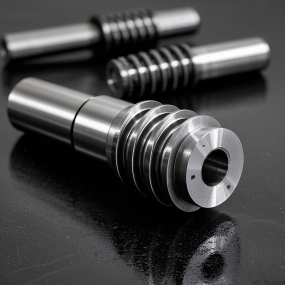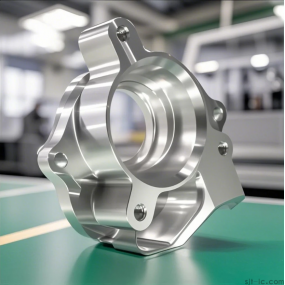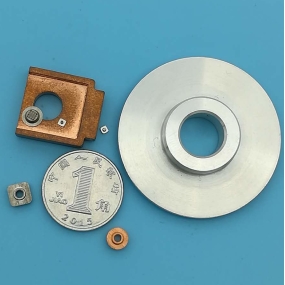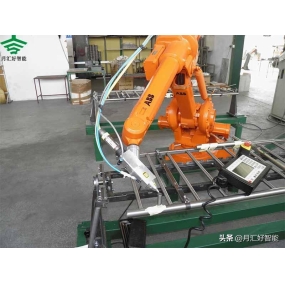White copper, brass, red copper (also known as "purple copper"), and bronze (bluish gray or grayish yellow) are distinguished by color.
Among them, white copper and brass are easily distinguishable; Red copper is slightly difficult to distinguish between pure copper (impurities<1%) and bronze (other alloy components around 5%). When unoxidized, the color of red copper is brighter than that of bronze, and bronze has a slight bluish or yellowish tint that is darker; After oxidation, red copper turns black, while bronze appears blue-green (harmful oxidation caused by excessive water) or chocolate colored.
Classification and welding characteristics of copper and copper alloys
(1) Pure copper: Pure copper is often referred to as purple copper. It has good conductivity, thermal conductivity, and corrosion resistance. Pure copper is represented by the letters+T}} (copper), such as Tl, T2, T3, etc. Pure copper with extremely low oxygen content, not exceeding 0.1%, is called oxygen free copper, represented by TU (copper free), such as TU1, TU2, etc.
(2) Brass: Copper alloys with zinc as the main alloying element are called brass. Brass with+H; (Yellow) represents elements such as H80, H70, H68, etc.
(3) Bronze: Previously, the alloy of copper and tin was called bronze, but now copper alloys other than brass are called bronze. Commonly used are tin bronze, aluminum bronze, and sensitive bronze. Bronze used "; Q,' (Green) indicates.
The welding characteristics of copper and copper alloys are:
(1) Difficult to fuse and prone to deformation
(2) Easy to generate thermal cracks
(3) Easy to produce pores
Copper and copper alloy welding mainly adopts methods such as gas welding, inert gas shielded welding, submerged arc welding, brazing, etc.
Copper and copper alloys have good thermal conductivity, so they should generally be preheated before welding and subjected to high-energy welding. Tungsten electrode hydrogen arc welding adopts DC positive connection. During gas welding, neutral flame or weak carbonization flame is used for purple copper, while weak oxidation flame is used for brass to prevent zinc evaporation.


 Spanish
Spanish Arabic
Arabic French
French Portuguese
Portuguese Belarusian
Belarusian Japanese
Japanese Russian
Russian Malay
Malay Icelandic
Icelandic Bulgarian
Bulgarian Azerbaijani
Azerbaijani Estonian
Estonian Irish
Irish Polish
Polish Persian
Persian Boolean
Boolean Danish
Danish German
German Filipino
Filipino Finnish
Finnish Korean
Korean Dutch
Dutch Galician
Galician Catalan
Catalan Czech
Czech Croatian
Croatian Latin
Latin Latvian
Latvian Romanian
Romanian Maltese
Maltese Macedonian
Macedonian Norwegian
Norwegian Swedish
Swedish Serbian
Serbian Slovak
Slovak Slovenian
Slovenian Swahili
Swahili Thai
Thai Turkish
Turkish Welsh
Welsh Urdu
Urdu Ukrainian
Ukrainian Greek
Greek Hungarian
Hungarian Italian
Italian Yiddish
Yiddish Indonesian
Indonesian Vietnamese
Vietnamese Haitian Creole
Haitian Creole Spanish Basque
Spanish Basque











